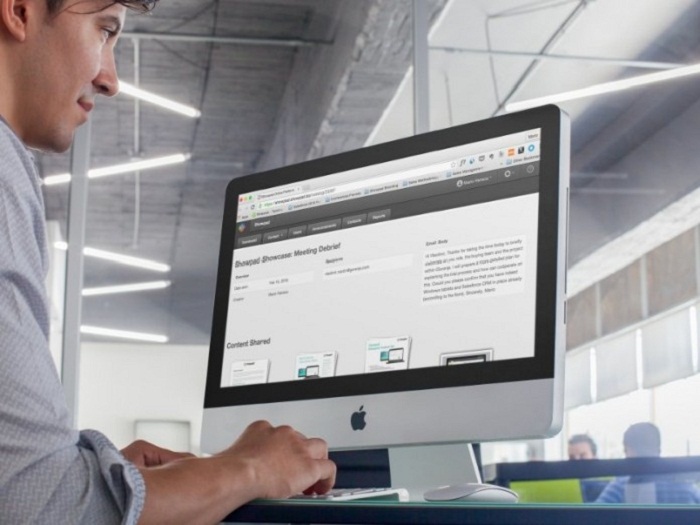A sequence of practices through which a piece of work is passed from initiation to completion is called a workflow. A series of tasks employed to produce an outcome is called a workflow. When we talk about Salesforce workflow there are certain times when there is a limitation to the workflows. An example is that the workflow can’t do more than the simple update of the field. Here the role of a Salesforce trigger comes and it is needed to ensure that the desired results are achieved.
Think of a Salesforce trigger to be a workflow without limitations. With triggers you can define the entry actions and criteria and can make the entries reference to do what you want. However when we deal with triggers in Salesforce there are some of the Salesforce trigger best practices we have to follow.
Let us discuss some of the Salesforce trigger best practices which you should use for getting the best results.

Several Salesforce trigger best practices
- There should be one trigger per object- You should consider one trigger per object if you want to get the best out of your trigger. Creating multiple triggers for one object will decrease your control level on how the orders are executed if the triggers run on the same context.
- Logic less triggers- Another important one among the Salesforce trigger best practices is that you should ensure that the triggers are logic less. This means that you should make sure that the trigger has the role of delegating the responsibilities of logic to other handler class. If you write methods in the trigger you use, these methods can’t be exposed or used for the testing purposes.
- Bulkify your code- This refers to the process which ensures that the code you have created handles more than a single record at any given point of time.
- Use context specific handler techniques- This is another important practice among the Salesforce trigger best practices- Ensure that you use context specific handler techniques within the trigger handlers. In this way, if you were required to implement new logics which continue to run even after the update, you just need to add some simple routing logic within the trigger just to ensure that the right handler technique is invoked.
The Salesforce trigger best practices described above are amongst the most important ones. It is a good and useful practice to use the triggers in Salesforce but another important thing is to use them properly as mentioned in the best practices list here. Without using them as desired, the Salesforce user can’t get the optimum result as expected. Read other tutorials related to the Salesforce triggers if you need more information on them.

